Discussing solutions to unblock green credit flows - Photo: VGP/HT
This was the main content discussed at the workshop "Unblocking green credit flows" jointly organized by the State Bank of Vietnam (SBV) and Lao Dong Newspaper on the afternoon of April 25 in Hanoi .
Potential and opportunities from national policies
Deputy Governor of the State Bank of Vietnam Dao Minh Tu affirmed: Green finance, including green credit, is not a new issue but is increasingly receiving attention from countries around the world as well as Vietnam, especially in the current context of the need to promote resource mobilization to promote economic restructuring associated with growth model innovation, in order to achieve economic prosperity, environmental sustainability and social equity; towards a green, carbon-neutral economy and contribute to the goal of limiting global temperature increase.
Green credit and ESG implementation are inevitable trends for sustainable development, one of the important resources to achieve the national green growth target, a solution to help credit institutions (CIs) reorient their business activities towards sustainability, approaching international standards, thereby affirming their position, enhancing competitiveness, expanding cooperation and business opportunities. For businesses, green credit is a resource to support businesses to improve and innovate technology, and convert to green production.
Mr. Dao Minh Tu, Permanent Deputy Governor of the State Bank of Vietnam, speaking at the Workshop - Photo: VGP/HT
The State Bank's leaders commented that Vietnam has many favorable conditions and opportunities for development, thanks to very clear orientations and regulations.
Firstly, the Law on Environmental Protection (2020) and its guiding documents have stipulated green credit, the roadmap for green credit development, measures to support and encourage green credit development, creating a legal corridor for green credit activities of the banking system.
Second, in the National Strategy on Green Growth through the stages, the recent Resolutions of the Government on socio-economic development show the determination of the Government and the Prime Minister in implementing "green transformation - digital transformation", developing rapidly and sustainably to achieve the goal of double-digit economic development in the period of 2026-2030. In particular, the Government and the Prime Minister have set tasks and requirements for the banking industry to promote green credit and green banking.
Third, based on these policy frameworks, in recent times, the banking industry has taken drastic and proactive steps to implement solutions to promote green credit activities and has achieved many positive results.
From only 15 participating credit institutions in 2017, up to now, there have been 50 units with outstanding loans, the average growth rate of outstanding green credit in the period 2017-2024 reached over 22%/year, higher each year than the previous year, higher than the growth rate of outstanding credit in general for the economy. These figures are very encouraging, however, the ratio of green credit to total outstanding credit is only about 4.6%, showing that green credit in Vietnam still has a lot of room to develop. This poses an urgent need to accelerate and take advantage of that room.
However, in reality, banks and businesses face many difficulties such as: There is no national green classification list, general regulations on ESG for businesses to practice, meeting increasingly strict sustainable development requirements; risk assessment tools are limited, payback period is long, financial efficiency is unclear...
This is one of the challenges for Vietnam when this policy is imposed on all countries. Those "bottlenecks" require a new approach - more comprehensive, more flexible and more synchronous between policy - market - legal corridor.
"Regarding the 1 million hectare project in the Mekong Delta - one of the typical projects for green credit. If there is legal synchronization and awareness of businesses, banks, and farmers, this source of capital will be effectively promoted. Obviously, this is an environmental story associated with green economy and green banking. Looking at the macro perspective, we already have a legal corridor, but looking at each specific project, we need to have clear evaluation criteria. This is an urgent issue that needs to be developed more specifically," Deputy Governor Dao Minh Tu gave an example.
Ms. Ha Thu Giang, Director of the Department of Credit for Economic Sectors (SBV) - Photo: VGP/HT
There is a policy foundation but it is necessary to remove bottlenecks in implementing green credit
The Law on Environmental Protection 2020 for the first time clearly stipulates green credit. Decree 08/2022/ND-CP continues to specify the development roadmap, while also encouraging credit institutions (CIs) to participate through preferential mechanisms.
However, Ms. Ha Thu Giang, Director of the Department of Credit for Economic Sectors (SBV), frankly admitted: The institution is still in the process of being perfected. The national green classification lists have not been issued, making it difficult for banks to determine which projects are qualified to grant green credit.
However, the State Bank has also proactively issued Circular 17/2022/TT-NHNN guiding credit institutions on environmental risk management in credit activities, creating an initial legal corridor for wider implementation.
Dr. Bui Thanh Minh - Department IV, Government Office commented: Green credit is no longer an option. It is a mandatory requirement if Vietnamese enterprises want to integrate more deeply". From China with the "30-60" target, the EU with the ESG toolkit, to the US, although the policy is still wavering, all are moving towards increasingly strict carbon control.
According to Dr. Nguyen Ba Hung, Chief Economist of ADB in Vietnam: Developing green credit is not simply about meeting environmental requirements. This is a global trend, especially in the context of many countries applying "carbon taxes" or carbon border adjustment measures from 2026.
If Vietnamese enterprises do not adapt in time, they will lose export opportunities – especially to “difficult” markets such as the EU, the US or Japan. Therefore, in addition to responsibility, green credit is also a strategic lever to improve international competitiveness.
Dr. Lai Van Manh, Institute of Agricultural Policy and Strategy, said: Countries such as the EU, China, South Korea, etc. all have transparent classification systems. Some countries even use a "white" list to identify industries or technologies that are considered environmentally friendly. If Vietnam soon has a similar set of criteria, this will not only help banks provide loans but also help businesses proactively design projects in the right direction from the beginning.
Ms. Phung Thi Binh, Deputy General Director of Agribank - Photo: VGP/HT
One of the steps considered a "breakthrough" is the Project for sustainable development of 1 million hectares of high-quality rice in the Mekong Delta. From a credit perspective, Ms. Phung Thi Binh, Deputy General Director of Agribank, said that the bank has set aside a credit package with a preferential interest rate of at least 1% lower for participating businesses, cooperatives, and households.
However, Ms. Phung Thi Binh also pointed out that such programs are only successful when there is linkage along the value chain.
"We lend from input to output, from seeds, fertilizers to purchasing, processing, and consumption to ensure efficiency and reduce credit risks," said Ms. Phung Thi Binh.
However, it is undeniable that green credit is facing many barriers. One of the biggest barriers is the long payback period and high risk while banks still have to ensure the ability to recover capital. In fact, credit institutions, although actively participating, are still cautious. They need better risk assessment tools, clearer information from customers and, above all, a more consistent legal corridor.
"We really want to invest in wind power and solar power. But policy changes have caused some wind power projects to stop paying, making banks confused and hesitant," an Agribank representative frankly stated. Besides, investing in industries such as waste-to-energy and biomass power, although potential, still requires a convincing enough practical model for banks to boldly disburse.
Mr. Minh
Source: https://baochinhphu.vn/tin-dung-xanh-don-bay-phat-trien-kinh-te-ben-vung-tai-viet-nam-102250425170022322.htm


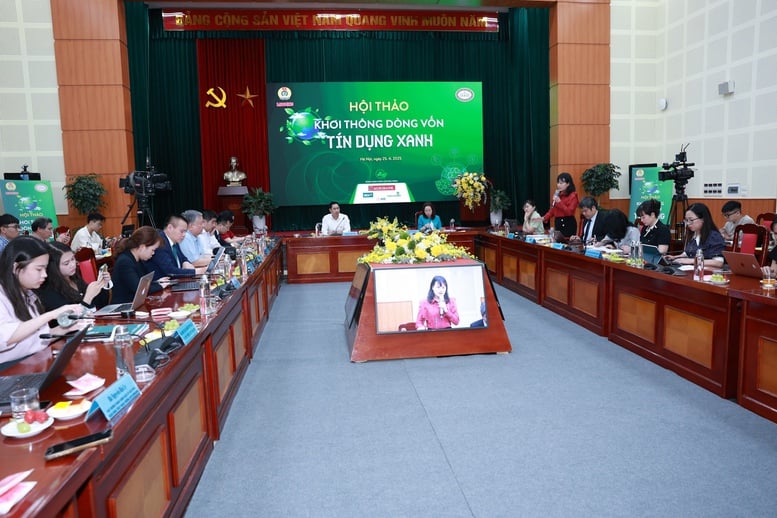
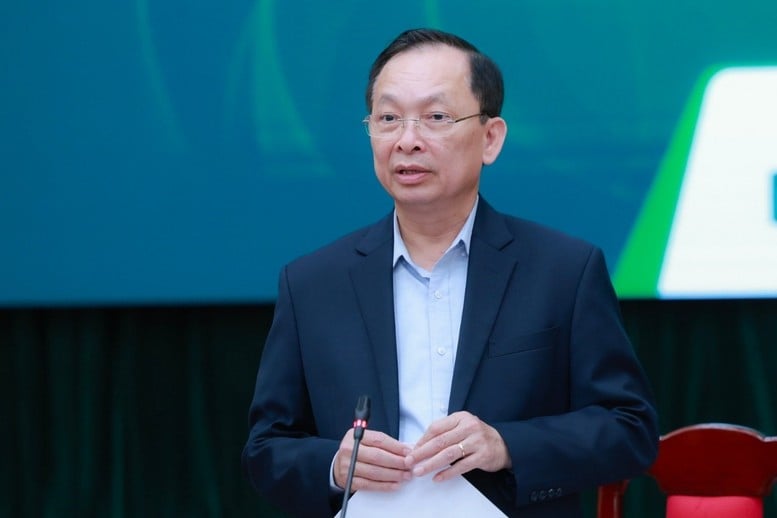
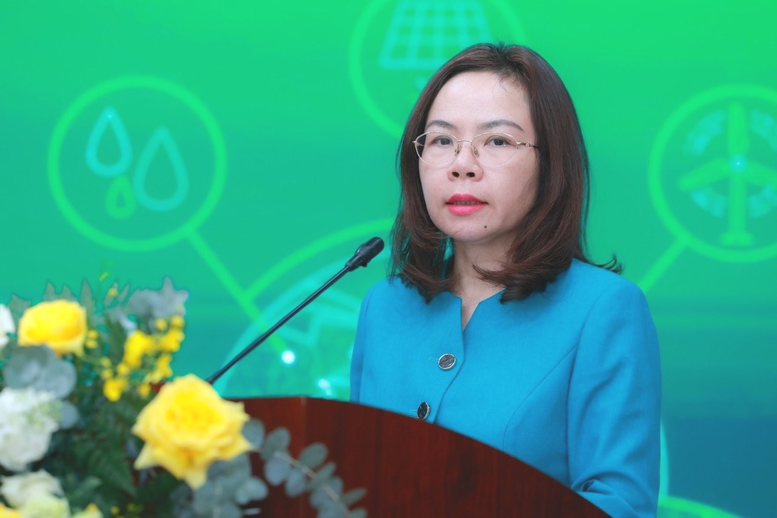
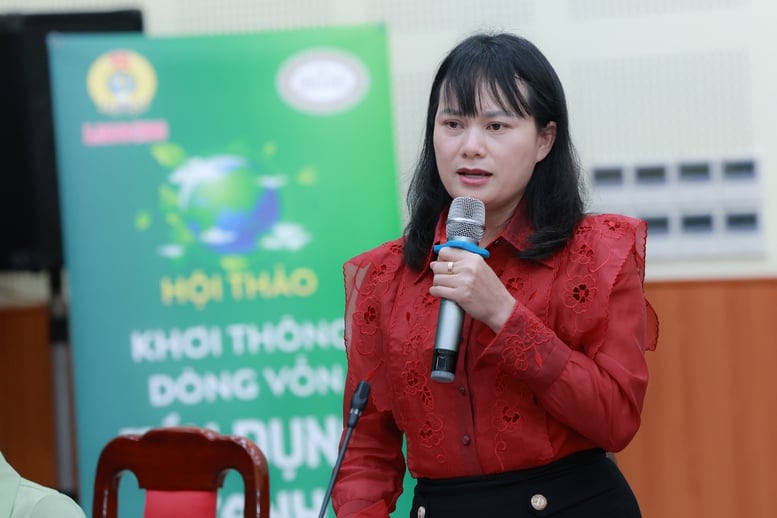
![[Video] More than 100 universities announce tuition fees for the 2025–2026 academic year](https://vphoto.vietnam.vn/thumb/1200x675/vietnam/resource/IMAGE/2025/7/18/7eacdc721552429494cf919b3a65b42e)





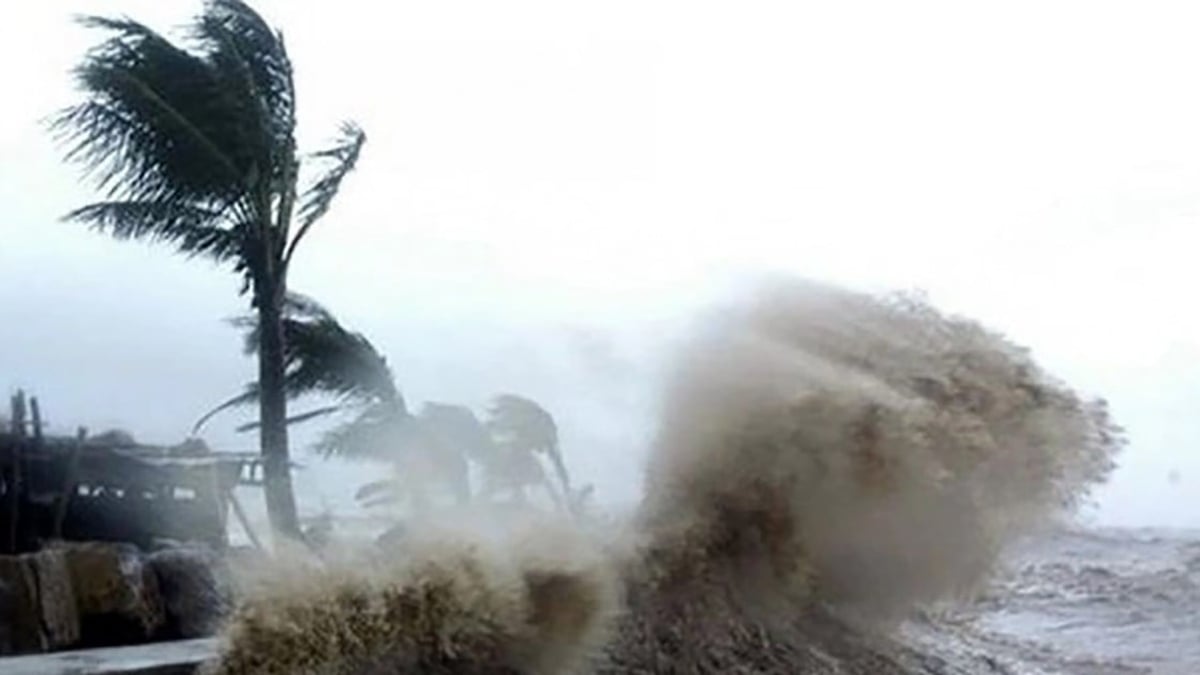





















































































![[Infographic] In 2025, 47 products will achieve national OCOP](https://vphoto.vietnam.vn/thumb/402x226/vietnam/resource/IMAGE/2025/7/16/5d672398b0744db3ab920e05db8e5b7d)





Comment (0)